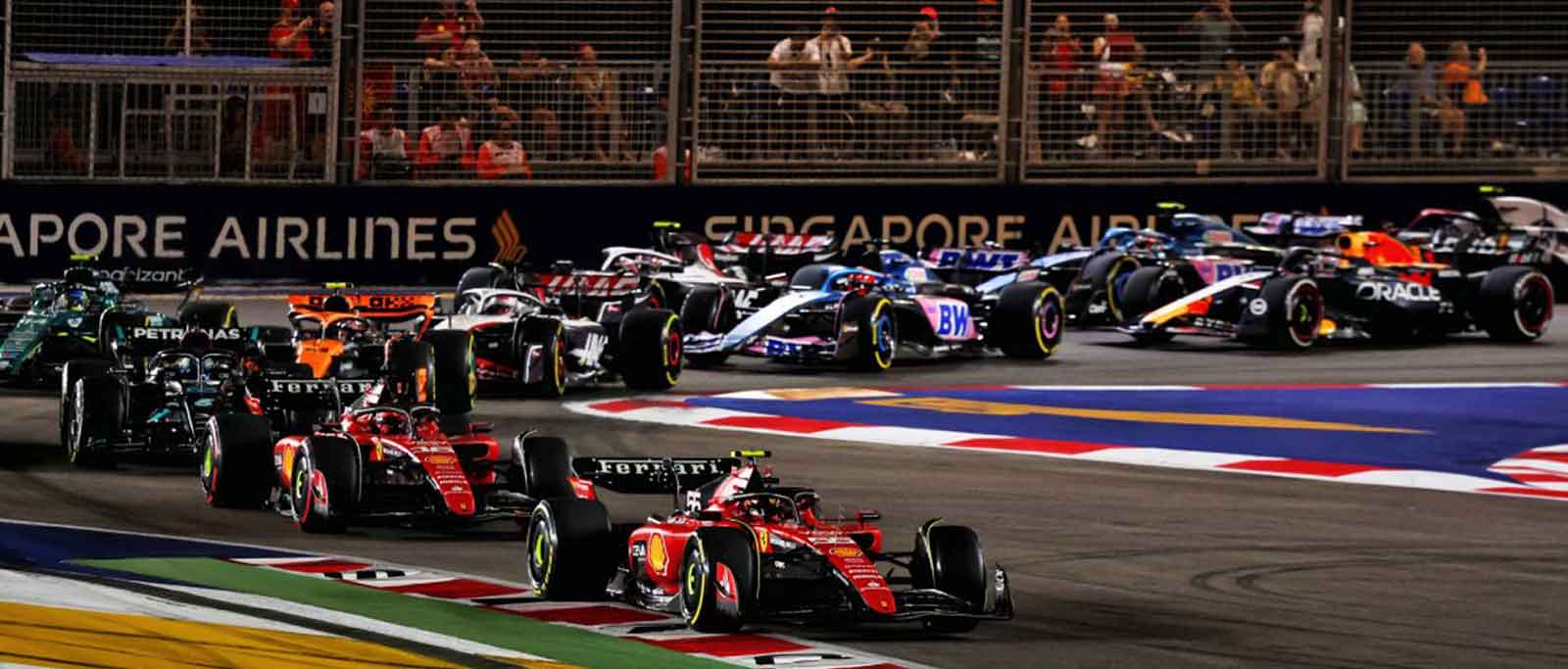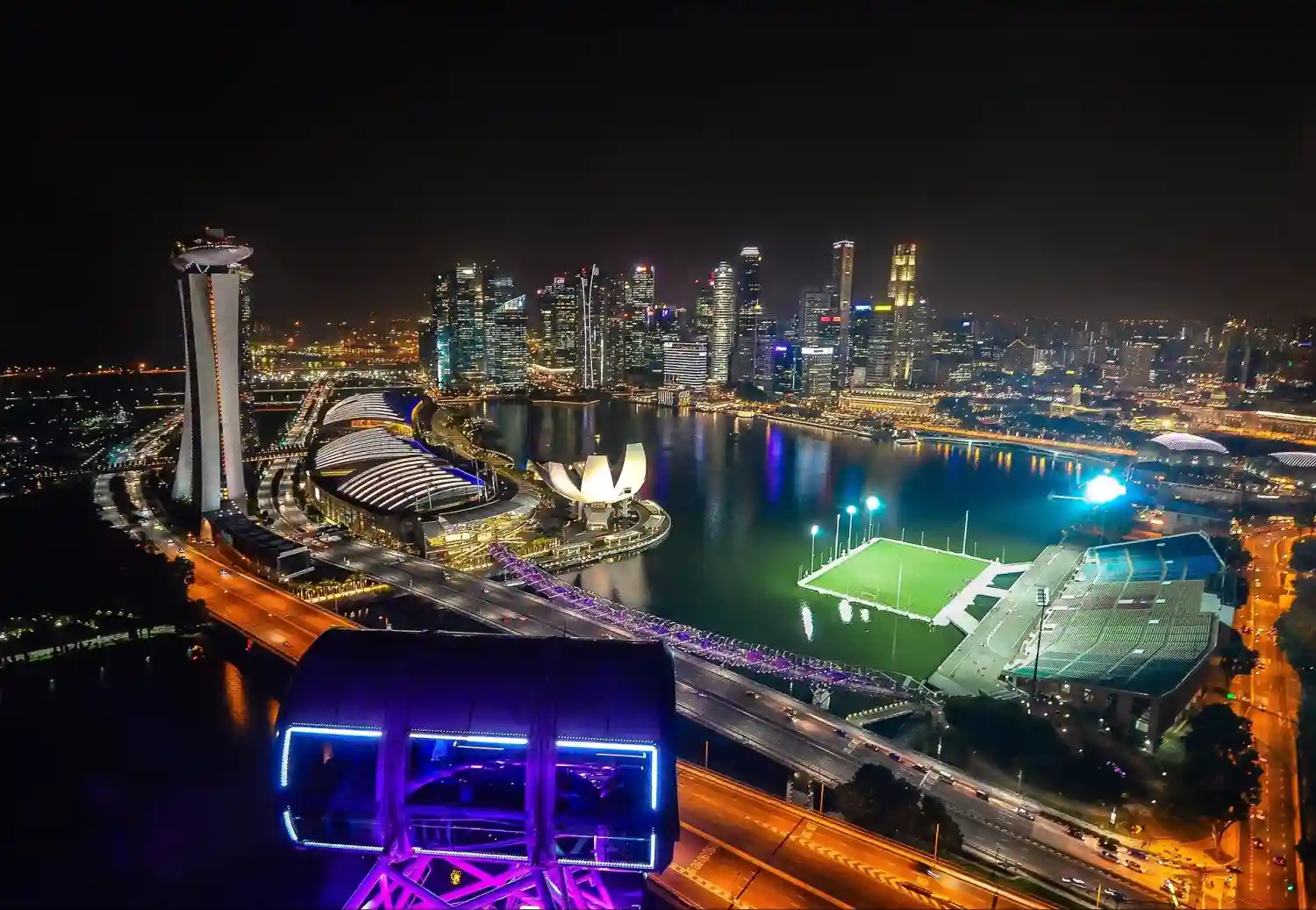There’s something hauntingly beautiful about a moment captured in black and white. Stripped of color, the image speaks directly to your soul; raw, honest, and timeless. That’s exactly what happens when you stand in front of a Mary-Ann Teo photograph. You don’t just see her work, you feel it.
Mary-Ann isn’t just another name in Singapore’s photography scene; she’s a storyteller, an alchemist of light and shadow. While the world rushes ahead with instant filters and digital perfection, she embraces the slow rhythm of black and white film. Her choice isn’t just artistic, it’s a quiet rebellion. A way of seeing. Through her lens, we rediscover patience, memory, and magic. This article invites you to explore Singapore not just with your eyes, but with your heart.
Mary-Ann Teo: The Woman Behind the Lens
Before she became a name whispered across gallery halls and photography classrooms, Mary-Ann was just a curious child with a cardboard camera and an eye for moments. Born in 1978 in Singapore’s East Coast, she grew up surrounded by the old and the new; Peranakan shophouses brushing shoulders with modern condos, aging uncles playing chess beside MRT construction sites.
Mary-Ann studied Fine Arts in Melbourne but fell in love with photography during a black-and-white lab session. After returning to Singapore in the early 2000s, she began documenting the vanishing heritage of her city, one frame at a time.
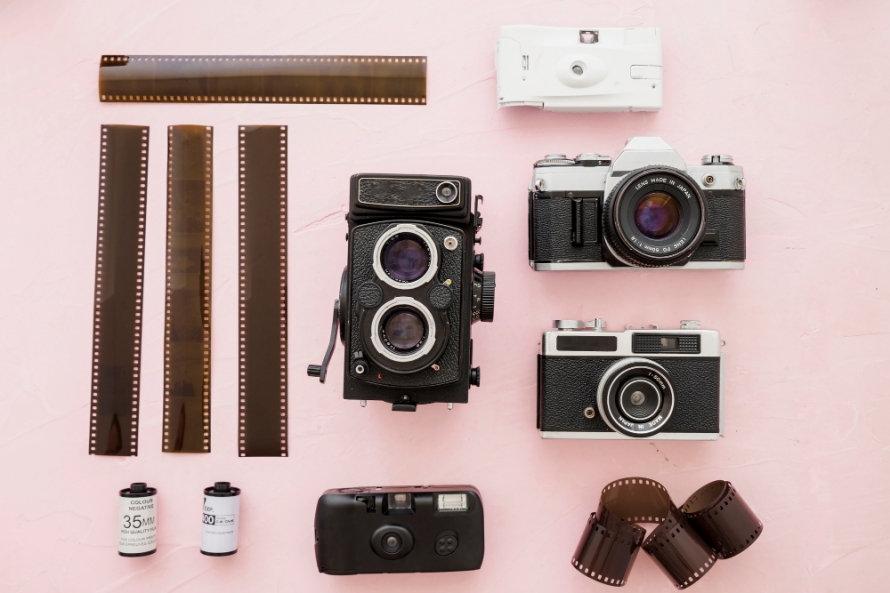
She credits much of her influence to classic street photographers like Daido Moriyama and Sebastião Salgado. But her work? It’s unmistakably her own. Quietly powerful. Deeply human.
Some of her most acclaimed pieces include:
- “Still Hearts” (2010) – A tender, soul-stirring portrait series of elderly vendors in Chinatown.
- “Grey Lines” (2013) – A study of MRT commuters, shadow and stillness, captured entirely on weekday mornings.
- “Corridor Dreams” (2016) – A haunting collection exploring the emotional architecture of HDB blocks.
- “Nighthawks of Geylang” (2019) – A bold, grain-heavy look at after-dark workers and lone wanderers.
- “Rainlight” (2022) – Her most recent exhibition, showcasing reflections and memories on rainy days in the city.
Each body of work isn’t just a visual archive, it’s an invitation. To pause. To see. To feel.
Capturing Singapore Through Monochrome
Close your eyes and imagine Singapore; not in the color of reds and electric blues, but in soft greys and sharp blacks. Suddenly, it feels different, right? More poetic. More real. That’s the magic Mary-Ann creates.
Her lens doesn’t rush. It lingers. It captures the aged texture of shophouse bricks in Joo Chiat, the sleepy quiet of a kopitiam at dawn, the reflections on wet asphalt after a sudden evening rain in Tiong Bahru. She shows you a Singapore that doesn’t yell, it whispers.
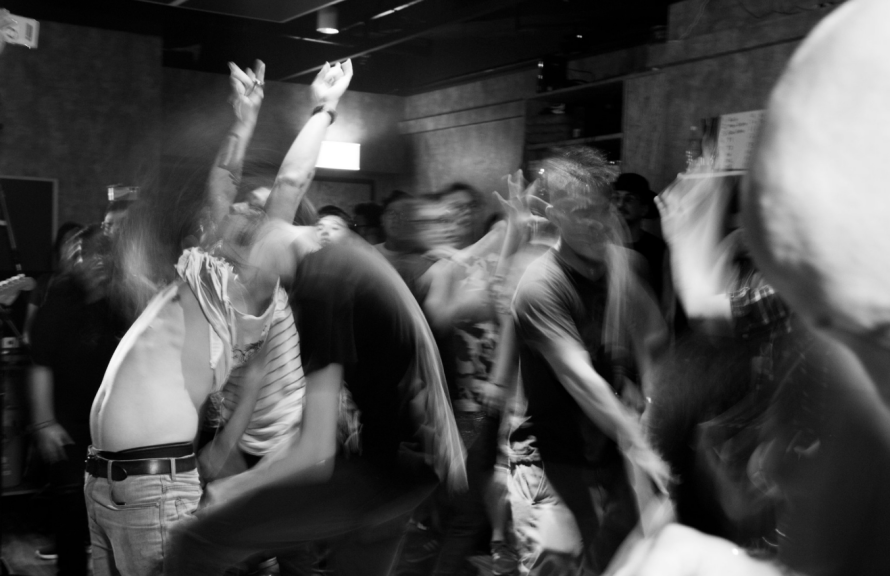
Photo Credit: https://www.facebook.com/objectifscentre/
One of her most moving series, “Still Hearts” (2019), focuses on elderly vendors in Chinatown. These aren’t just portraits. They’re elegies. Every wrinkle, every thread in their worn-out shirts, every glint in their eyes feels like a page torn from a forgotten diary. There’s pride in their posture. Silence in their smiles. Her photographs make you stop and look, and feel.
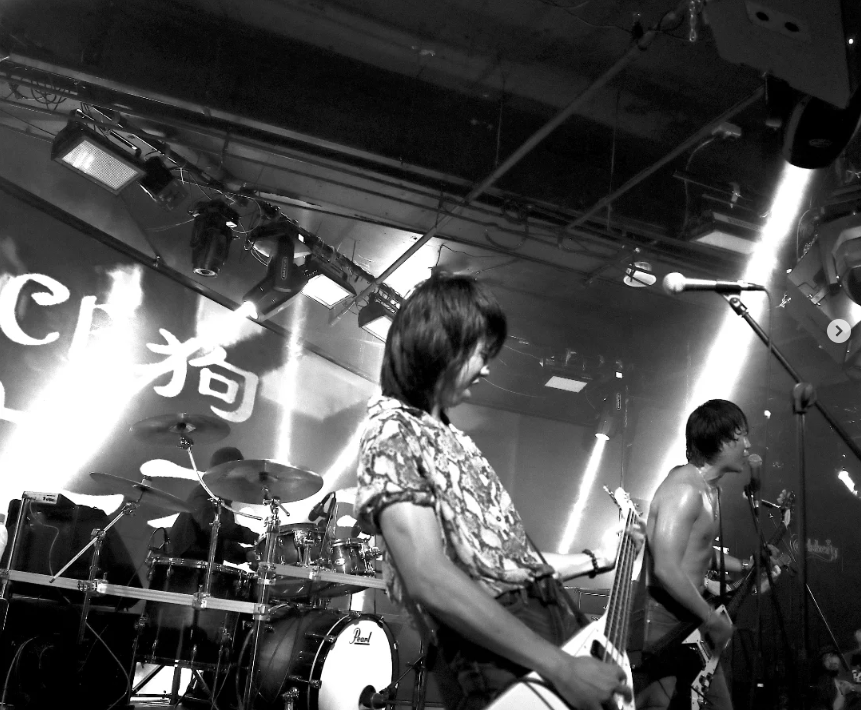
Photo Credit: https://www.instagram.com/maryann.teo/
In another popular work titled “Corridor Conversations” (2021), she explores the repetitive, almost brutalist design of HDB blocks, which is bare, symmetrical, and eerily quiet. Yet somehow, they pulse with unseen life. You will definitely feel the stories those spaces hold; the children once chasing after each other, the smell of sambal from an open kitchen, the elderly woman with her orchids, the young man lighting a cigarette in the shadows.
That’s Mary-Ann’s gift. She finds stories in the things we ignore. From the glossy skyline at Marina Bay to a dusty corner in Little India, she doesn’t chase drama. She notices the quiet things. The real things. She’ll wait for the perfect light at golden hour in Toa Payoh, or catch the rain-slick shine of wet roads in Geylang at midnight. She doesn’t rush; she watches and listens.
And with black and white film, there’s nowhere to hide. No color to distract you. Just shape, texture, shadow, and emotion. Somehow, it brings you closer. A kopi mug steaming on a plastic table in a sleepy kopitiam? She turns that into something poetic. A lone taxi under a flickering streetlamp near Geylang? Suddenly it feels like a scene from an old film.
Even the shiny parts of Singapore, such as Orchard Road and Marina Bay Sands, feel different through her eyes. Less flashy. More thoughtful. You have to start to notice the quiet moments. A yawn. A sigh. A waiting pause. The kind of stuff that makes a place feel real.
Mary-Ann’s Singapore isn’t loud. It doesn’t try to impress. But it stays with you.
The Allure of Black and White Film Photography
Why black and white? You might wonder. Why not just edit the color out on an app?
That’s where you realize, this isn’t about aesthetics. It’s about intention.
Black and white film photography demands attention. It forces you to see, not just look. Without color to guide you, you begin noticing the subtleties. The way shadows fall, the geometry of a stairwell, the veins on someone’s hand.
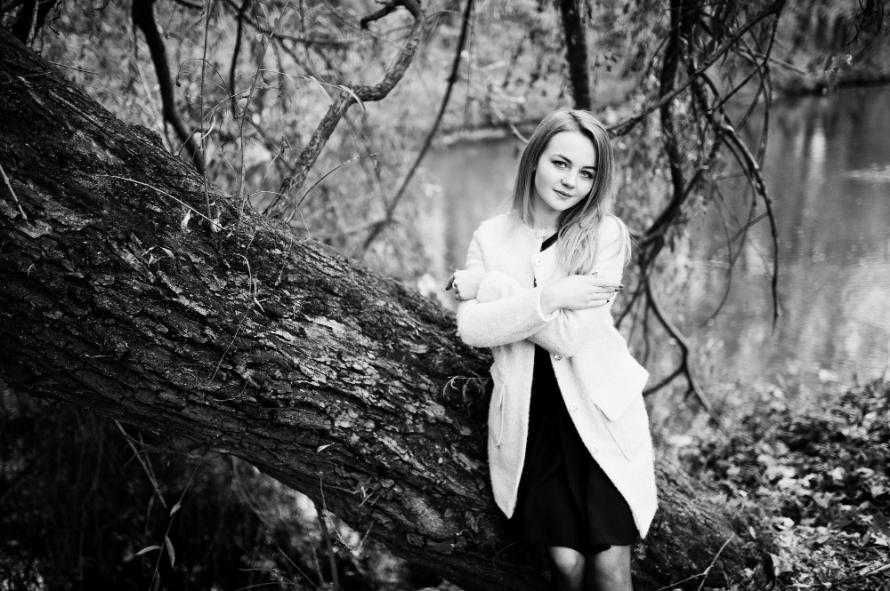
Mary-Ann once said, “Monochrome takes away the distractions and lets emotion lead.” And obviously she’s right. Her photos have a pulse. They make you pause and feel. You won’t miss the nostalgic vibe in every frame of hers; it’s like flipping through your grandparents’ photo albums, quietly magical and heavy with meaning.
What’s fascinating is how monochrome transforms the city. A street you walk past every day suddenly feels cinematic. An old man crossing the road becomes a hero. A puddle turns into a mirror to another world. That’s the power of Mary-Ann’s world. You don’t just see Singapore, it echoes inside you.
The Process Behind the Art
Stepping into Mary-Ann’s setup feels like entering a time machine. There’s no touchscreen, no live preview; just a sturdy, weathered Leica camera, a few rolls of Ilford HP5, and a light meter she swears by. The darkroom is her sanctuary, a place where time slows down and the image begins to breathe. It’s in this space that Mary-Ann crafts her art, with every detail carefully considered and each frame developed with patience and precision.
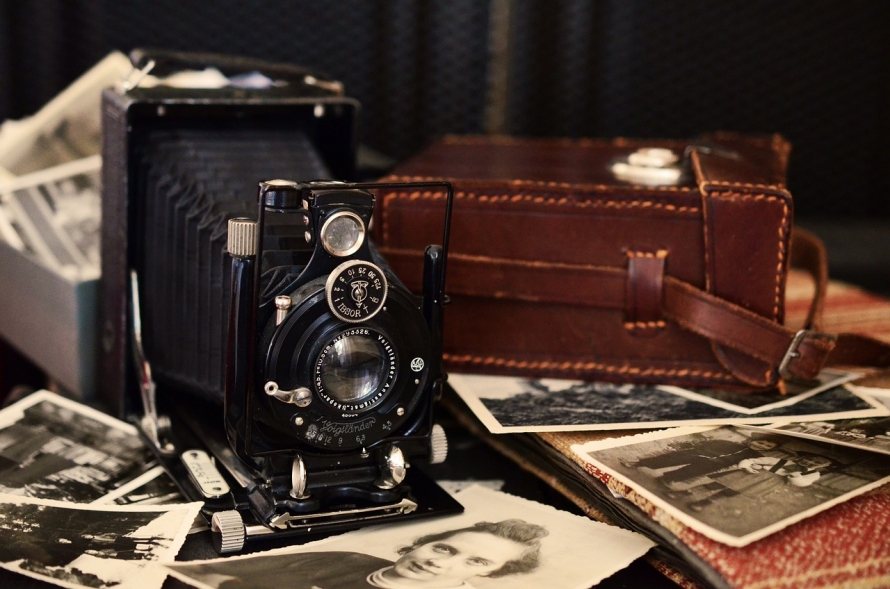
Film photography isn’t convenient. It’s not supposed to be. And that’s what makes it beautiful.
She shoots carefully, maybe 36 frames in a day, max. Each click is intentional. Each frame costs. But that’s what makes it sacred. There’s a beautiful vulnerability in knowing you might mess up, that the photo might never turn out. And when it does, it feels like something special. Like discovering a secret.
She develops her own negatives. Stirs her own chemicals. Waits in the dark, watches the shadows appear, one by one. “It’s like watching ghosts arrive,” she once told.
To Mary-Ann, imperfection isn’t a flaw. It’s a texture, it’s a truth. A tiny scratch on the film? A light leak? It only adds to the character of the story. And that’s a mindset that you will remember for a very long period, not just as a photographer, but as a person.
Upcoming Course: Learn from Mary-Ann Teo
This is where you come in. If you’ve ever held a camera and wished you could do more, tell deeper stories, and capture feelings instead of just facing them. Mary-Ann’s upcoming course might just be your turning point.
- Dates: April 26 – May 17, 2025
- Time: 1 pm - 3:30 pm
- Venue: Objectifs (155 Middle Road S188977)

Photo Credit: https://artsrepublic.sg/events/2025/04/black-and-white-film-photography-ii-course
This won’t be your regular photography workshop. It’ll be an experience. An intermediate-level course designed for those who already know their ISO from their aperture but want to go deeper. Think: walking through quiet alleys in Little India, shooting forgotten corners in Geylang, processing your own rolls in a real darkroom.
Participants will need to have a 35mm film SLR or point-and-shoot camera. Participants will also need some basic experience with 35mm film processing or darkroom processes.
- In-depth technique sessions (composition, exposure, contrast theory)
- Photo walks with real-time guidance
- Group critiques that are honest, encouraging, and eye-opening
- Hands-on darkroom practice (yes, real chemicals, real negatives)
It’s intimate, it’s intense, and it’s transformative. And if you’re someone who feels stuck in the rut of digital over-saturation, this could be your breath of fresh air. Your reboot.
Inspiring a New Generation
One of the most heartwarming things about Mary-Ann is the way she connects with young photographers. She doesn’t gatekeep; she nurtures and listens. And she always shows up. Her presence gives them confidence, and her guidance helps them find their own voice through the lens.
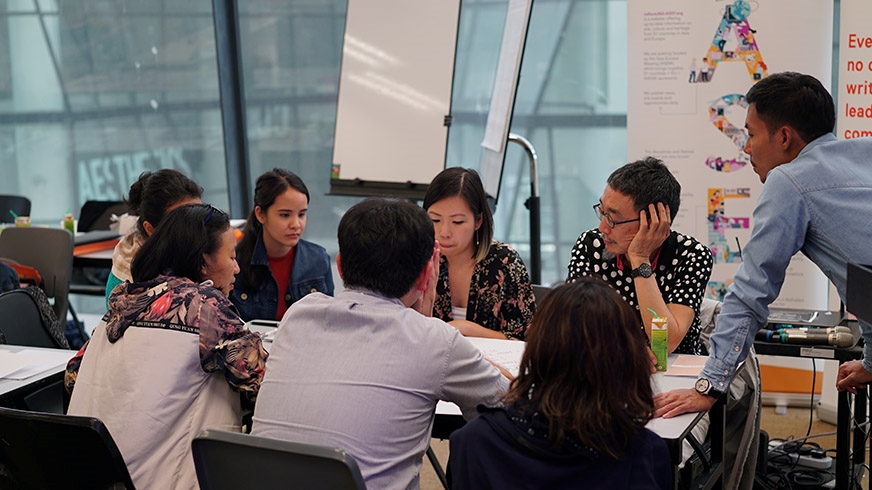
Photo Credit: https://artsequator.com/our-projects/
From weekend zine-making workshops to late-night photo critiques at indie cafes, Mary-Ann’s fingerprints are all over Singapore’s creative underground. Teens get their hands on film through her mentorship programs. She helps students set up tiny exhibitions in void decks. She even collaborated on a community project where residents of Bukit Merah photographed their own lives, and the results were breathtaking.
One young photographer, Jia Yi, shared, “I thought black and white was boring. Then I saw Mary-Ann’s Chinatown series. Now I carry a Pentax everywhere.”
That’s impact. Not just clicks or likes, but real shifts in how people see the world.
Mary-Ann believes traditional photography isn’t just an art form, it’s a way of being. A reminder to slow down, observe, and connect. And in a world that’s always rushing, that message couldn’t be more needed.
Conclusion
When was the last time a photo truly made you feel something? That’s what Mary-Ann Teo does. Her black and white images don’t just show Singapore, they reveal its quiet truths. In her hands, film photography isn’t old-fashioned; it’s honest. It speaks when words fall short. Maybe it’s time to dust off that old camera, join that course, or simply see your city with fresh eyes. And if Singapore is calling, don’t forget your visa.
If you’re from India, Russia, Morocco, or other countries that require a visa for Singapore, apply for an eVisa beforehand. It’s fast, online, and totally hassle-free. Just head over to Singapore eVisas and get it sorted in minutes. No queues. No confusion. Just you, your camera, and a city full of stories waiting to be told.
Because who knows? Maybe your next favorite photo is just one click away.

